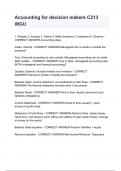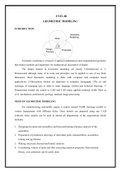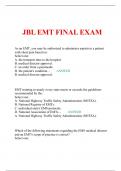Exam (elaborations)
GY202 LT Full Notes
- Module
- GY202 (GY202)
- Institution
- London School Of Economics (LSE)
Full Lent Term Notes! Lent Term section of the notes examines poverty, informality, housing, water, sanitation, gender, conflict and development. Achieved 75/100 for exams!
[Show more]












